Overview
Map
Other Details
دير سيّدة المرج (دير القلاية)
Lehfed
Jbeil
Mount Lebanon
دير سيّدة المرج (دير القلاية) - لحفد بُني الدّير أوساط القرن الثاني عشر ليسكن فيه أسقف معاون للبطريرك يوحنّا اللحفديّ. أوائل القرن الخامس عشر سكنه المطران يعقوب. خرب هذا الدير ولم يبقَ منه سوى الكنيسة التي تجدّد بناؤها أوساط القرن التاسع عشر. الكنيسة كناية عن عقدٍ مُصالب بحنية مكوّرة. تحوي الكنيسة على العديد من الحجارة المنقوشة والمُشفّرة من بنائها القديم. في هذه الكنيسة تعمّد الأخ اسطفان نعمة اللحفدي. The Monastery of Our Lady of Marj (Deir al Qalaya) - Lehfed The monastery was built in the mid XIIth century for an assistant bishop to Patriarch Youhanna al Lehfidi to live in. In the early XVth century, it was inhabited by Bishop Yaacoub. The monastery was abandoned and only the church remained, which was rebuilt in the mid XIXth century. The church's structure consists of a crossed vault with a hemispherical apse. The church contains many carved and encrypted stones from its old construction. Brother Estephan Nehme was baptized in this church.
Visited 1606 times, 5 Visits today

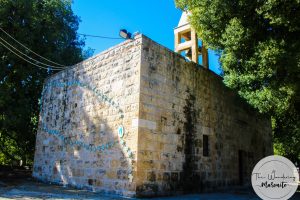
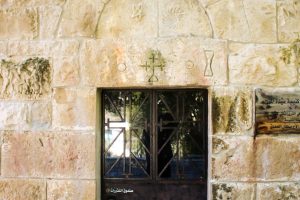
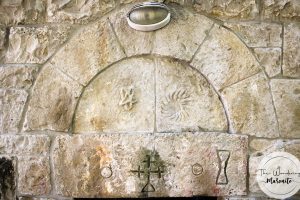
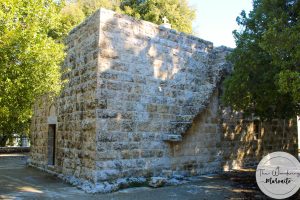
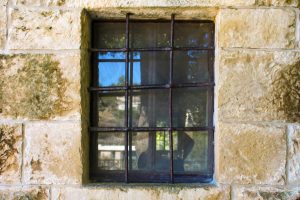
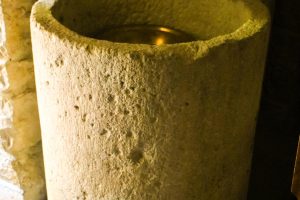
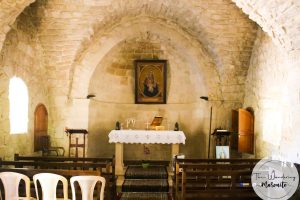
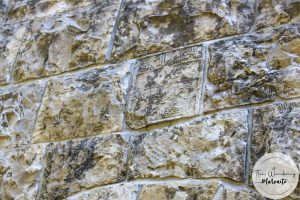








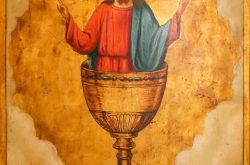
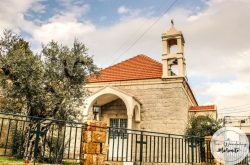
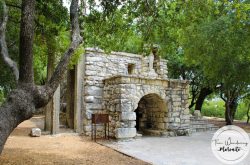
Reviews are disabled, but trackbacks and pingbacks are open.